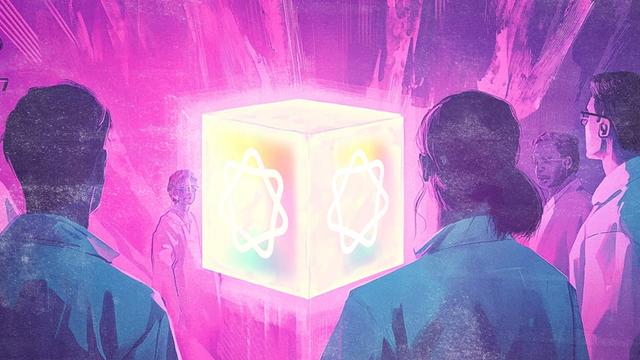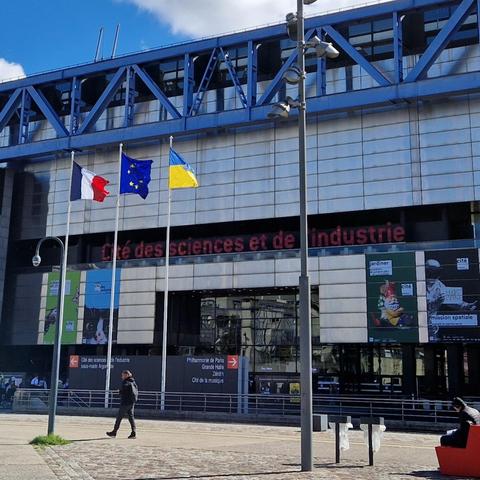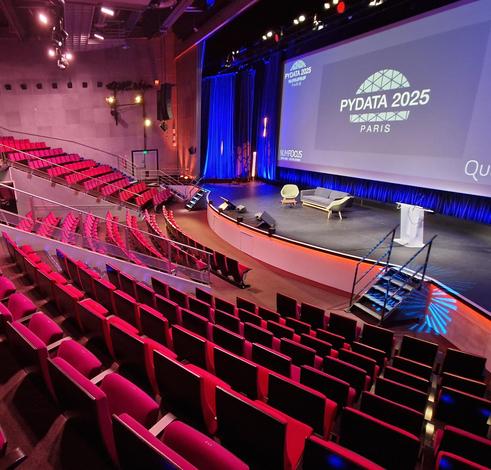2025-09-07 17:24:18
Estrogen? Hot drinks will suffice!
"""
Naturally, cold water cooled. For that reason it was used in mania and frenzy, sicknesses of heat where the spirits were in ebullition, solids tightened and liquids were heated to the point of evaporation, leaving the brain of the patient ‘dry and brittle’, as anatomists regularly demonstrated. Reasonably enough Boissieu includes cold water among his list of refreshing cures: baths were the foremost ‘antiphlogistic’, purifying the body of any excessive igneous particles to be found there. Taken as a drink, it was a ‘dilutive procastinant’ that diminished the resistance of fluids to the action of solids, thereby indirectly lowering the general heat of the body.
But it was also said that cold water brought heat and that hot water cooled. Such at least was the thesis defended by Darut. Cold baths chased the blood from the periphery of the body and pushed it ‘with increased vigour towards the heart’. As the heart was the seat of natural heat, the blood was warmed there, all the more so as “the heart, which struggles alone against all the other parts, makes renewed efforts to expel the blood and overcome capillary resistance. What results is a greater intensity of circulation, the division of the blood, the fluidity of the humours, the destruction of congestions, an increase in the strength of the natural heat, of the appetite of the digestive forces, and the activity of the body and the mind.” A symmetrical paradox operated regarding hot baths: blood was attracted to the extremities of the body, as were the humours, sweat, and all forms of liquid, both beneficial and harmful. The vital centres were therefore deserted, the heart slowed and the organism thus began to cool down. This fact was confirmed by the ‘fainting, lipothymia… weakness, nonchalance, lassitude, and lack of vigour’ that generally accompanied excessive bathing with hot water.
But there was more. So great was the polyvalence of water, so great was its aptitude to submit itself to the qualities that it carried, that it sometimes lost its efficacy as a liquid and acted as a desiccant instead. Water could Prevent dampness. In part, this was the old principle of similia similibus, but in another sense, and by the intermediary of a visible mechanism. For some, it was cold water that brought dryness, as heat kept water humid. Heat dilated the pores of the organism, distended its membranes, and allowed humidity to impregnate them as a secondary effect. Liquids made their way through heat. For that reason, the hot drinks so widely used in the seventeenth century risked becoming a danger, and those who took too many risked relaxation, general dampness and a weakness of the whole organism. As these were traits commonly associated with the feminine body, as opposed to the dry, virile solidity of the male, the abuse of hot drinks could lead to a general feminisation of the human race: “Not without reason, the reproach is made to the majority of men that they have softened and degenerated, taking on the habits and inclinations of women – the only thing lacking is a physical resemblance. The abuse of humectants could accelerate the metamorphosis, and render the two sexes almost identical both physically and morally. Woe betide the human race if this prejudice ever spreads to the masses: there will be no more labourers, artisans or soldiers, as they will have lost the strength and vigour necessary for their profession.” [Pressavin]
"""
(Michel Foucault, History of Madness)
2025-08-07 10:23:34
Beyond Brainstorming: What Drives High-Quality Scientific Ideas? Lessons from Multi-Agent Collaboration
Nuo Chen, Yicheng Tong, Jiaying Wu, Minh Duc Duong, Qian Wang, Qingyun Zou, Bryan Hooi, Bingsheng He
https://arxiv.org/abs/2508.04575
2025-10-06 08:40:19
"It Felt Real" Victim Perspectives on Platform Design and Longer-Running Scams
Jingjia Xiao, Qing Xiao, Hong Shen
https://arxiv.org/abs/2510.02680 https://
2025-10-02 10:37:31
Developers' Perspectives on Software Licensing: Current Practices, Challenges, and Tools
Nathan Wintersgill, Trevor Stalnaker, Daniel Otten, Laura A. Heymann, Oscar Chaparro, Massimiliano Di Penta, Daniel M. German, Denys Poshyvanyk
https://arxiv.org/abs/2510.01096
2025-08-05 10:51:10
Examining the Effects of Human-Likeness of Avatars on Emotion Perception and Emotion Elicitation
Shiyao Zhang, Omar Faruk, Robert Porzel, Dennis K\"uster, Tanja Schultz, Hui Liu
https://arxiv.org/abs/2508.01743
2025-07-22 15:01:23
Sources: Apple's team working on AI models wanted to release several as open source, Craig Federighi disagreed, largely concerned about public perception issues (The Information)
https://www.theinformation.com/articles/apple-losing-ground-ai-talent-wa…
2025-09-30 13:00:17
It's day 1 of #PyDataParis, great venue & crowd. Looking forward to sharing some geospatial perspectives tomorrow
2025-10-01 06:12:03
Künstliche Intelligenz wirkt in immer mehr Lebensbereiche rein – jetzt auch in die Trauer. In der Kombination aus Texten sowie Video- und Sprachaufzeichnungen der Verstorbenen können virtuelle Avatare erstellt werden, die Hinterbliebenen die Illusion geben, mit den Verstorbenen zu sprechen.
Als Außenstehender ist es einfach, darüber den Stab zu brechen, doch aus der Perspektive der Betroffenen scheint der Wunsch nachvollziehbar:
> How could I possibly judge the loss that leads…
2025-09-25 15:35:24
I've been trying to find a name or descriptor for people who I think are looking at "AI" broadly and soberly, with a genuinely objective perspective and information that's not captured by the big tech companies but also fluent in the technology behind it. ( @… would be the exemplar here.) What would you call this cohort? Because I think it…
2025-08-04 08:53:40
The SPACE of AI: Real-World Lessons on AI's Impact on Developers
Brian Houck, Travis Lowdermilk, Cody Beyer, Steven Clarke, Ben Hanrahan
https://arxiv.org/abs/2508.00178 htt…








